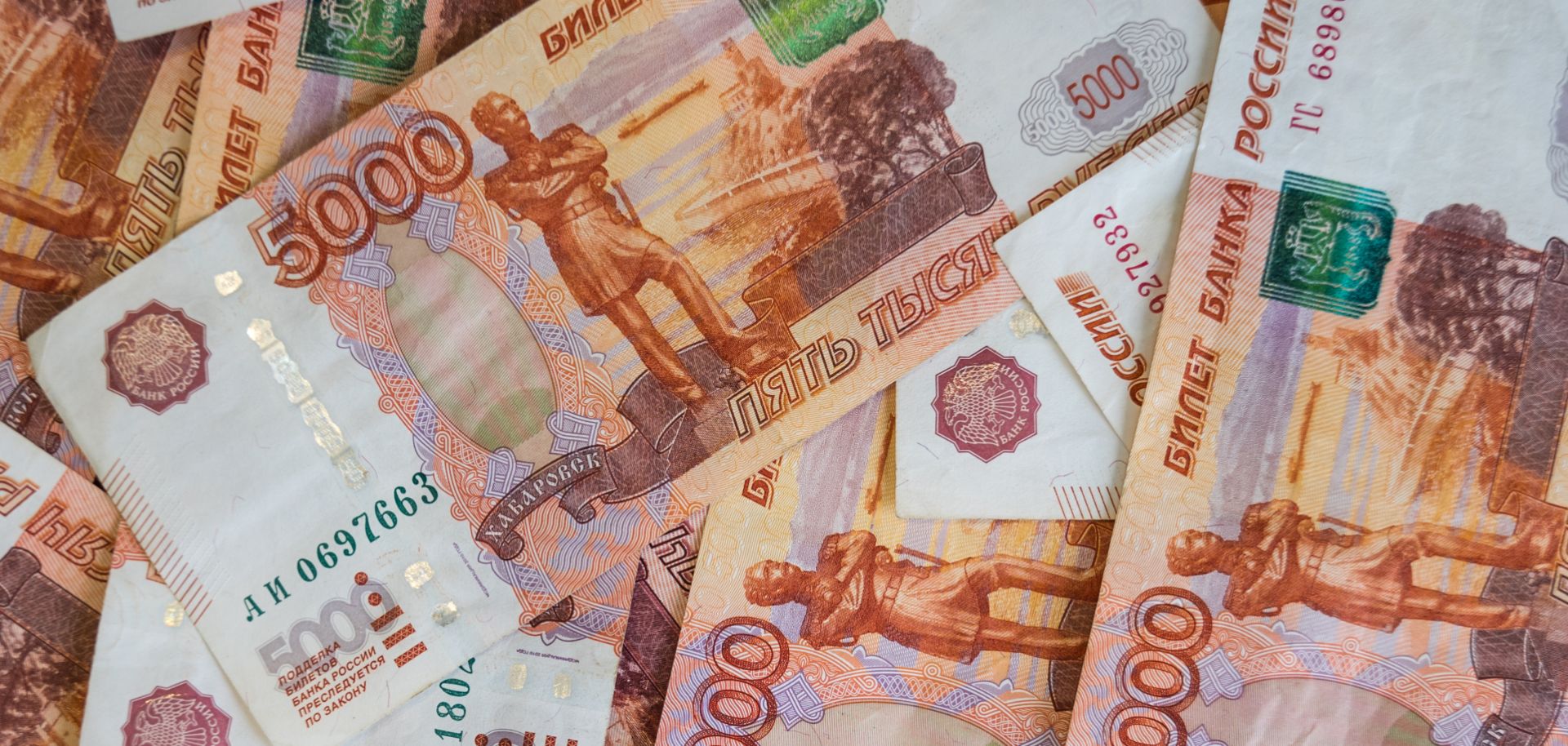ASSESSMENTS
A Slowing Economy Tests Russia’s Tight Spending Habits

Feb 27, 2020 | 10:00 GMT

A close-up shot of Russian rubles. Russia’s weak economic performance in recent years has begun to weigh heavily on the country's living conditions and industrial capacity.
(Shutterstock/Cathyrina)
Highlights
- Despite President Vladimir Putin's new spending drive, Russia's new government will conduct only relatively limited additional investments aimed at increasing the purchasing power of some of its citizens.
- Moscow will continue to build its National Wealth Fund, with no immediate clarity on how and when it could be activated in a substantial way to pull the Russian economy out of its slump.
- In the long term, this will limit Russia's ability to support both internal stability and external projection of power.
Subscribe Now
SubscribeAlready have an account?
